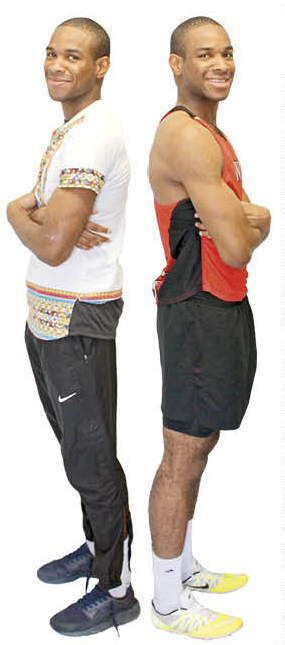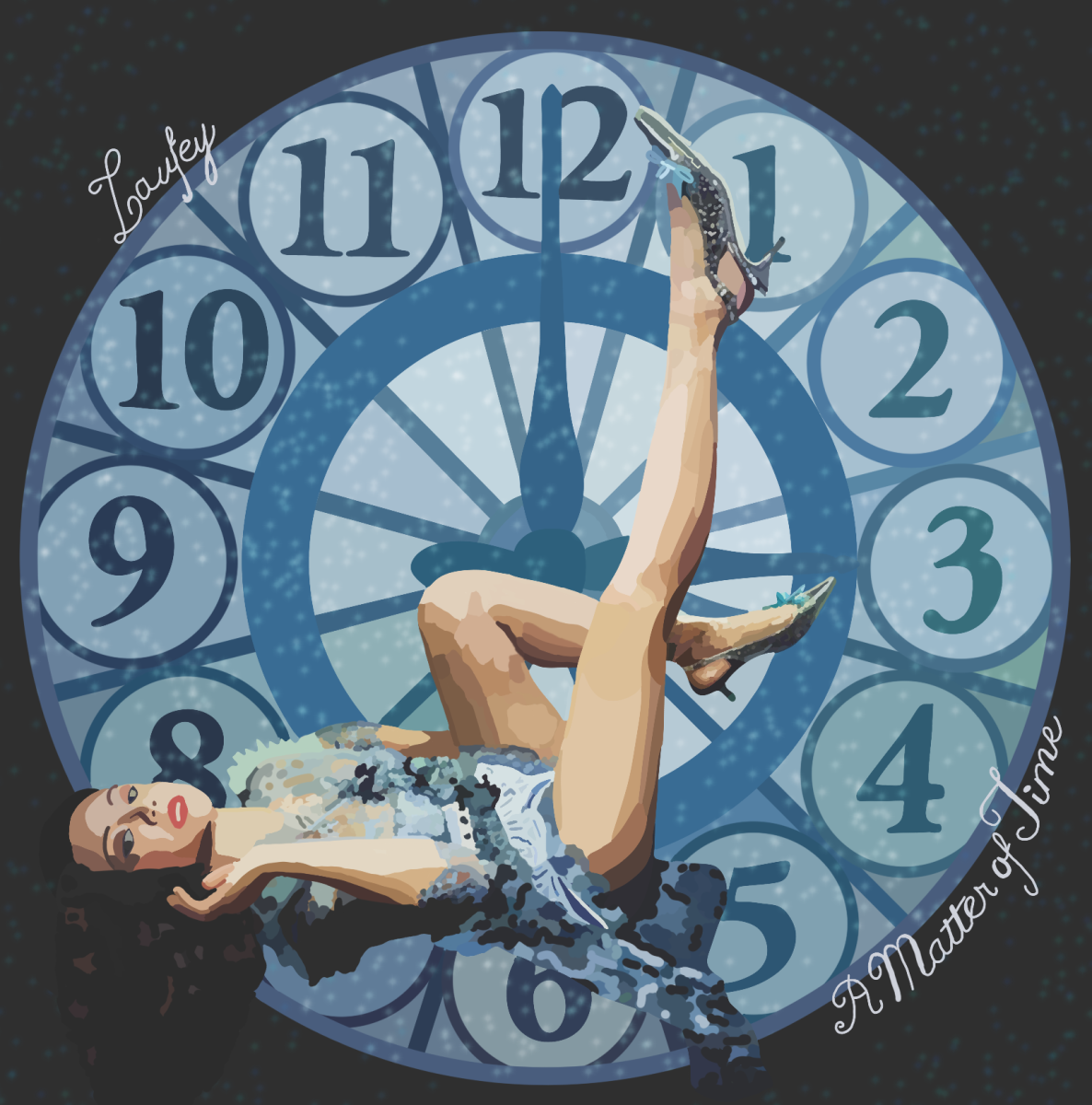Runner raised in Nigeria hopes to be Olympian
The journey of a boy finding his home
BACK TO BACK: Wearing a dashiki on the left and his school track uniform on the right, senior Chimdiebube Okafor stands tall with pride as he shows off the two sides of his life. Okafor has been living in the U.S. for the past five years and lived in Nigeria for 13 years.
February 23, 2018
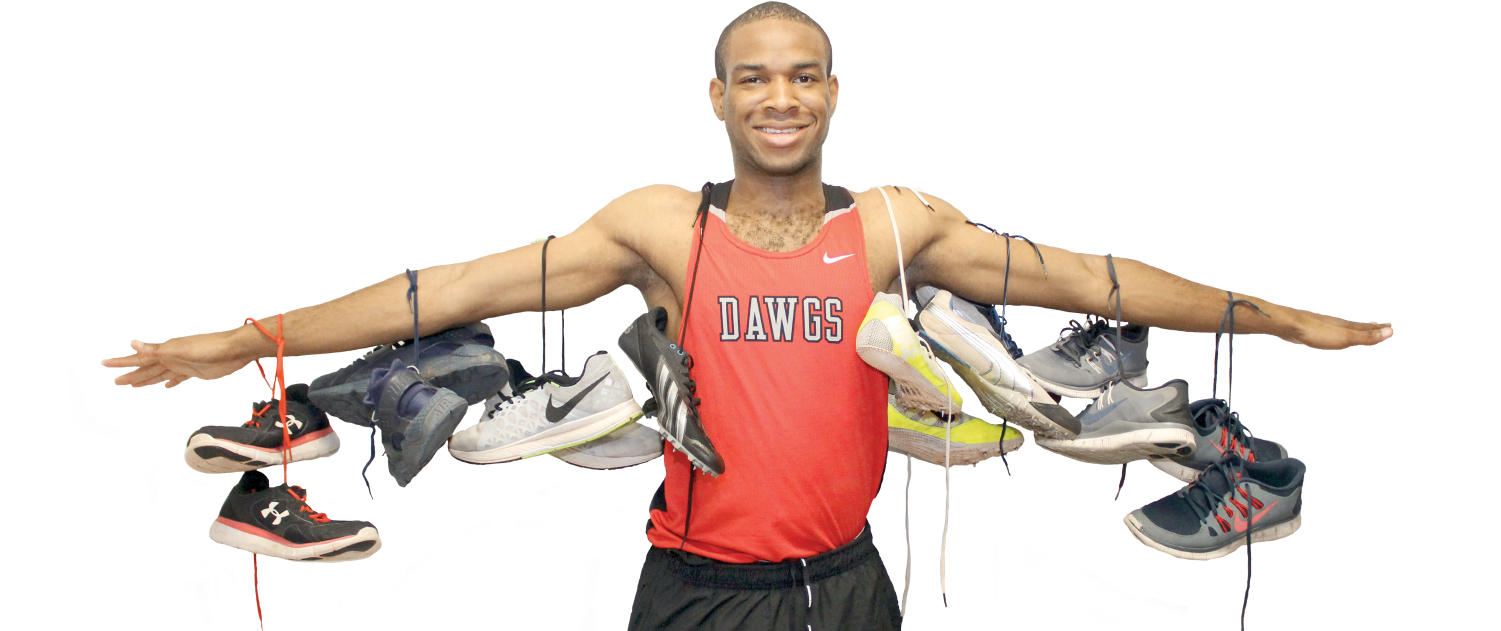
FINDING HIS FIT: Senior Chimdiebube Okafor holds the weight of his past and present running shoes while wearing his Bowie track uniform. Okafor, who deals with shin splints, will often change out his shoes based off of his pain level, comfort, and superstitious tendencies.
For a runner aspiring to be the best every step is faster than the last and every race is more meaningful.
Chimdiebube “Chidera” Okafor has been running since he was in the second grade and while he mainly did it for fun as a child, when he watched Usain Bolt’s performance at the 2012 London Olympics his mentality changed completely.
“I just remember seeing the Olympics when he broke the record and after seeing everyone’s face I was like ‘I really think I could do this, I want to go to the Olympics, I want to compete with the best athletes. I want to be like Usain or better’,” Chidera said.
Going to the Olympics, getting gold and breaking medals has always been a goal for Chidera but just seeing Bolt in that Olympics truly drove him up the rail to try to be better.
“I’m more hardworking with whatever I do now, whenever the track season is over I am still working out and running to stay in shape,” Chidera said. “Whenever coaches have a video of me I watch it to see what I can do better because there is always stuff I can do better all the time.”
Track coach Brandon Pittman recognizes this quality in Okafor as crucial to his training.
“He’s going to have to keep working his butt off, the Olympics is the pinnacle; it’s like making it to the NFL or in the NBA,” Pittman said. “He is a very dedicated and very hardworking athlete, that’s the key right? Anybody can have talent but if you don’t have a great work ethic then you won’t be successful, but he’s got that, he has that limitless work ethic and high goals.”
Unlike in America where sports play a large role in the entertainment industry, in Nigeria playing sports is considered a waste of time. Despite this widespread mentality Chidera’s mother, Nkem Okafor, is an important support system for him to pursue his training.
“I needed to get help outside school so sometimes I’d run with my mom; she knew she was going to lose but the fun of running with her child was a very good feeling for her,” Chidera said. “My mom was really good at track, she was supposed to go to the Olympics but her parents didn’t support her going.”
Junior Emeka Okafor, Chidera’s little brother, supports the pursuit Chidera has to be an Olympian.
“He told me about wanting to go to the Olympics and I’m just like ‘hey if you want to do that then do it bro, go for it man’,” Emeka said. “I’m not going to be surprised if he ends up at the Olympics because he’s fast and I know that he could do it.”
Even though now Chidera feels most comfortable in America, leaving Nigeria to return to The United States for a better education was something he had to mentally prepare for since he’d be leaving his parents and going to an unfamiliar country.
“We live in different time zones so it’s really hard to find a time to talk to my parents because they’re like six hours ahead,” Chidera said. “Sometimes when I was younger I’d forget I was born here but I remember my parents reminding me ‘you are an American citizen’. Now I go back to Nigeria to visit but I don’t know about going back to live there since I like living here.”
Chidera and Emeka went together on a 12 hour flight from Nigeria to New York and then they had to drive another hour to Pennsylvania to go into what would be their new home with their cousin Maureen Otti and her husband Cyril Otti.
“I had met my cousin about five years before I moved to live with them; I can’t vividly remember that first interaction but I remember meeting her,” Chidera said. “The night of my plane ride with my brother here I was so nervous because I am scared of flying and so since I wasn’t with my parents I was really nervous.”
While Chidera was nervous about the flight, both boys were looking forward to coming to America together. Having Chidera guide him through the process was helpful to Emeka.
“We were excited about coming over here together. He’s a good brother, he really cares about me and he’ll help me by giving me advice and keeping me out of trouble,” Emeka said.
With help from his family Chidera was able to adjust to the dialect, food, and lifestyle of American teenagers today.
“There was so many new things that were being thrown at him all at once,” Cyril said. “He used the help of his cousins to know the in and outs of the whole thing. However, once he got enrolled into school it only took a few months for him to figure out how things flowed around here and he had a smooth transition from there.”
Now that Chidera is living in America, he aspires to make the most out of his journey from Nigeria.
“I want to study to be a nursing anesthetist and it’s going to be a lot of work but I want to study that and then go to the Olympics to try and have a normal life,” Chidera said.
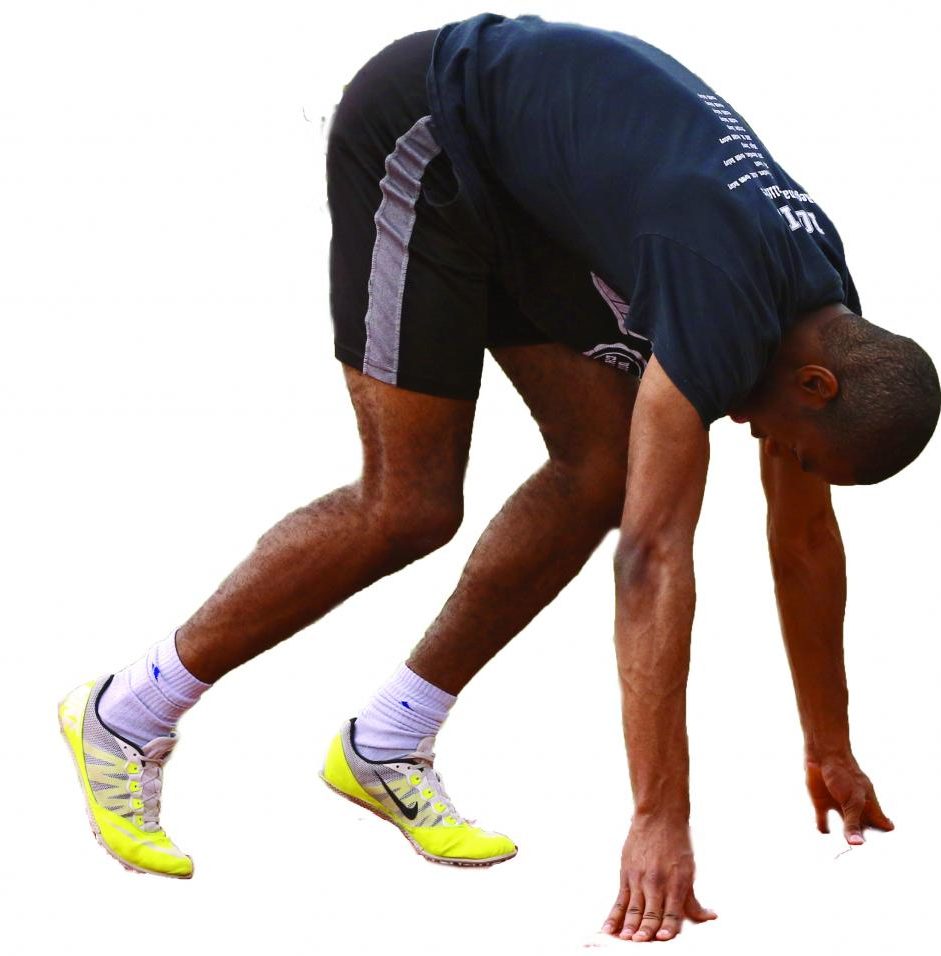
SET POSITION:
After the runners get on their mark, they raise their hips up high with their head kept low facing the track when they hear the word “Set”.

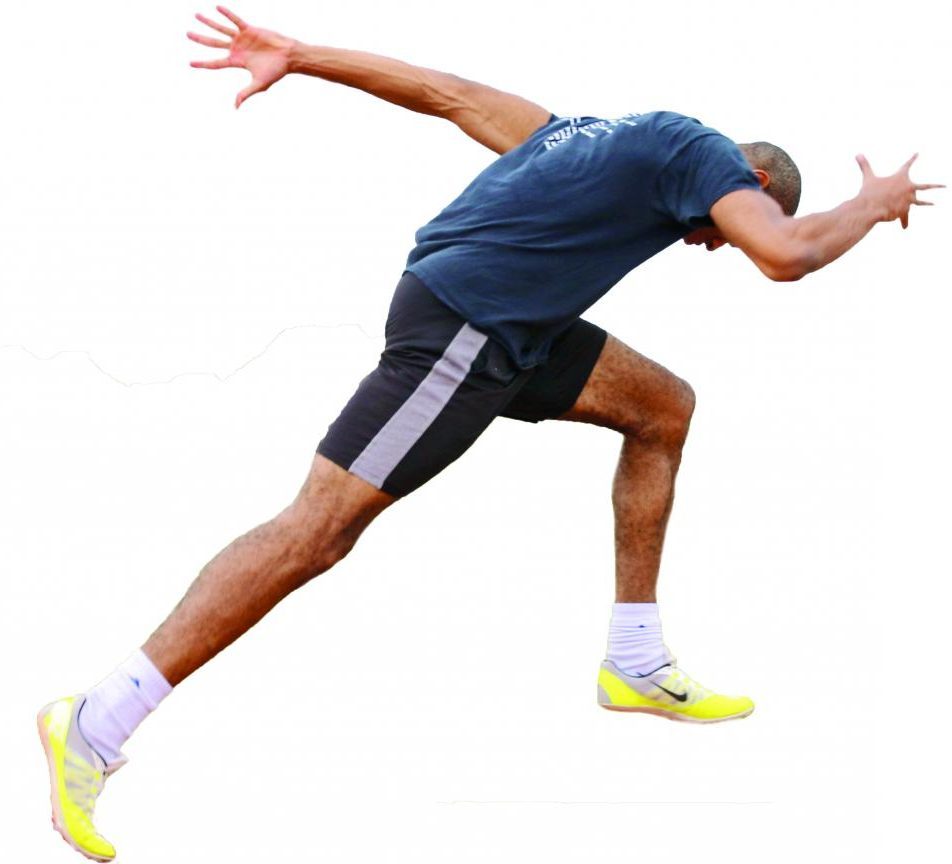
SECOND STEP: To gain time the runners must drive their knee up high to maintain power and keep their second step flat to minimize how far the foot has to travel in a single stride.
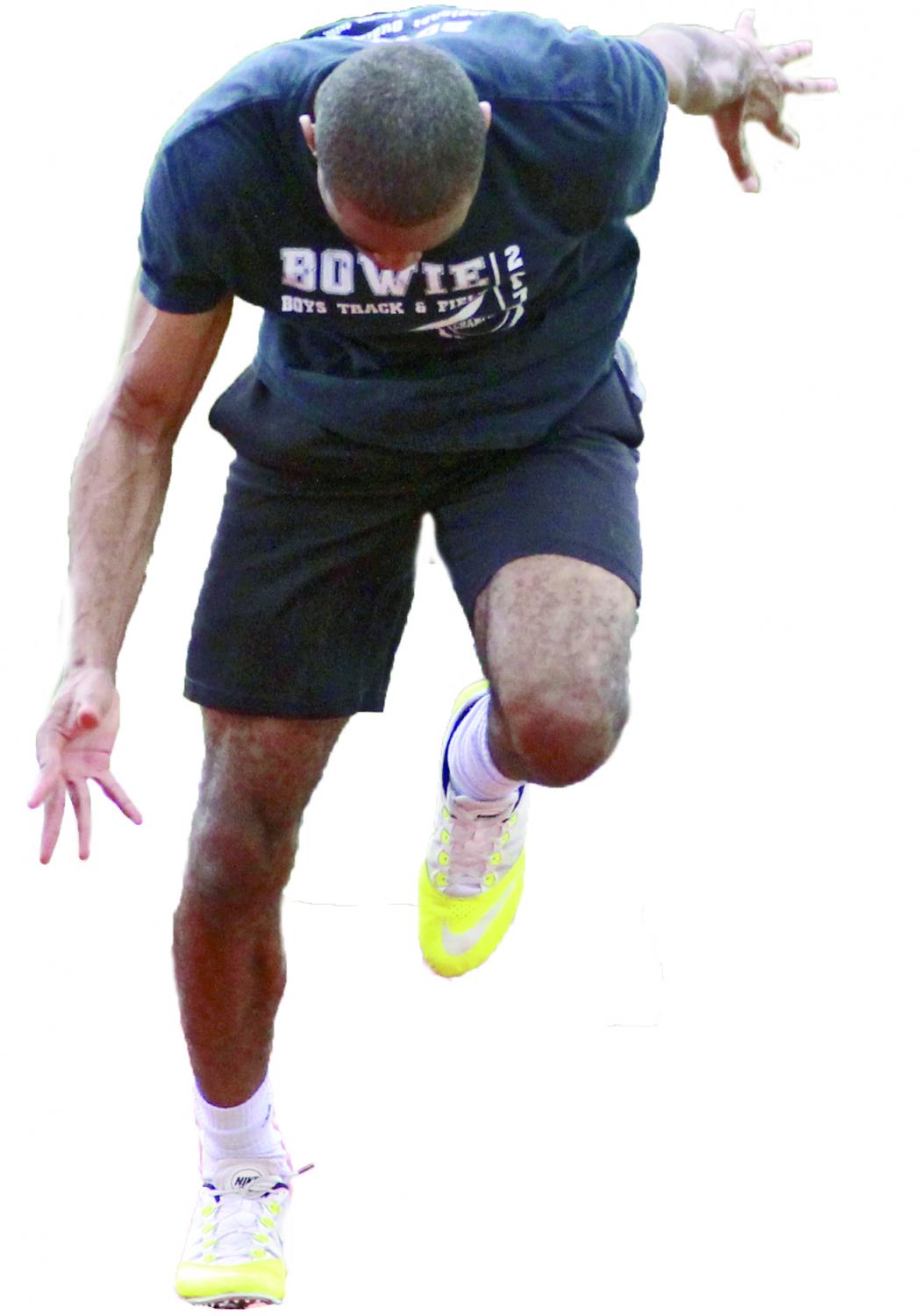
LOOKING DOWN: While in the first couple of steps of a race the runners head will face down as they concentrate on their form.
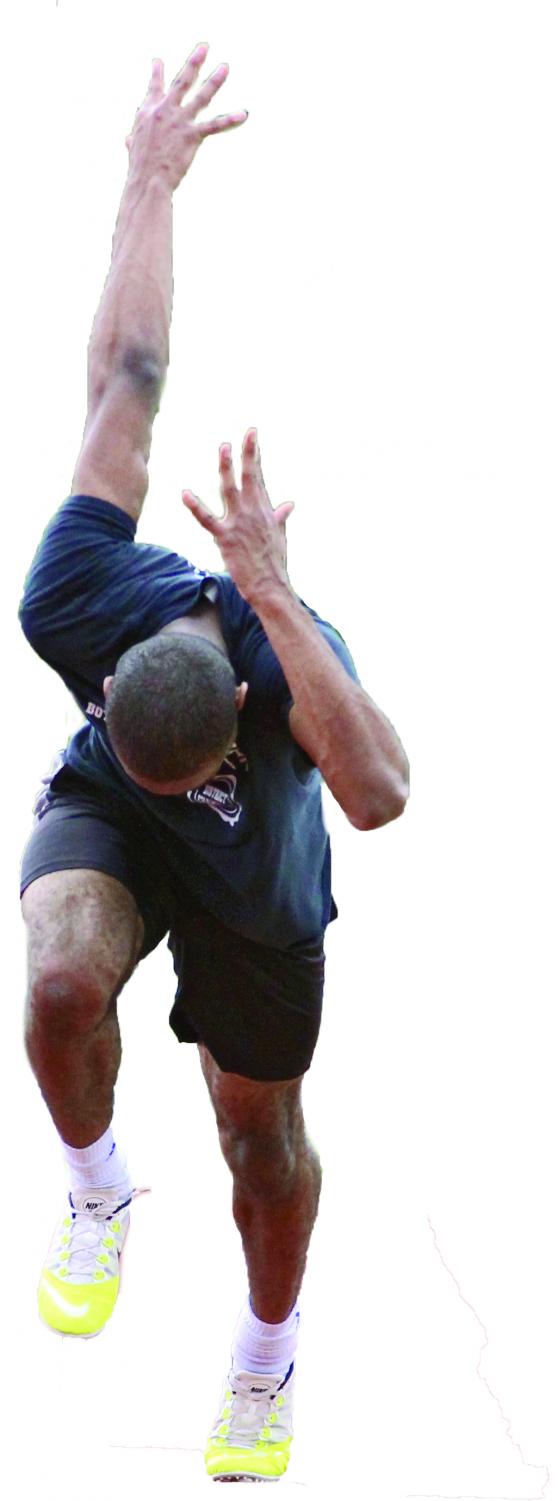
TORSO ROTATION: The runners have to keep their arms close to the body with a spine rotation while their hips stay square to keep their bodies fluid.
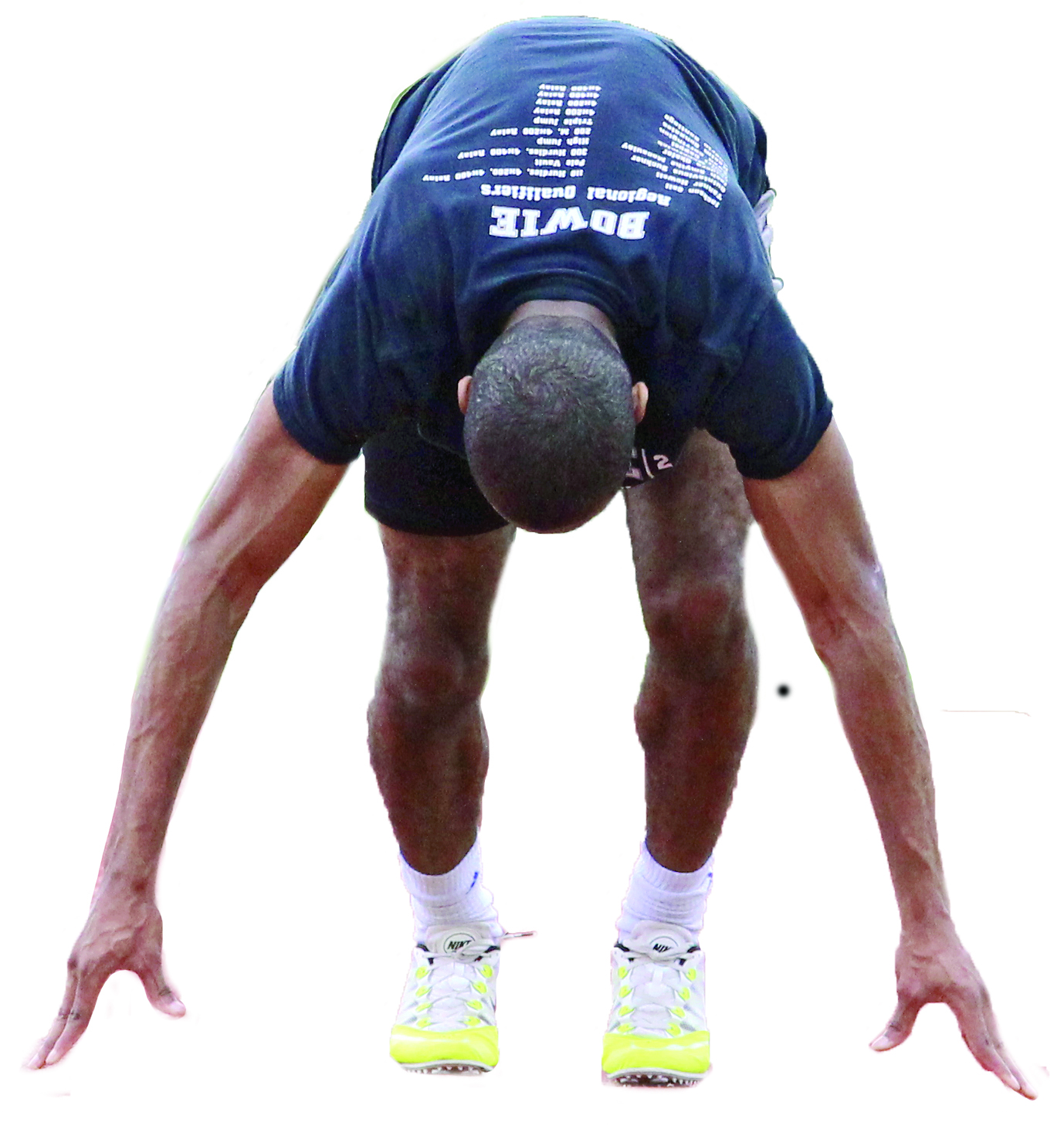
CENTER OF GRAVITY: The runners must keep their weight balanced while in the set position to start.


